
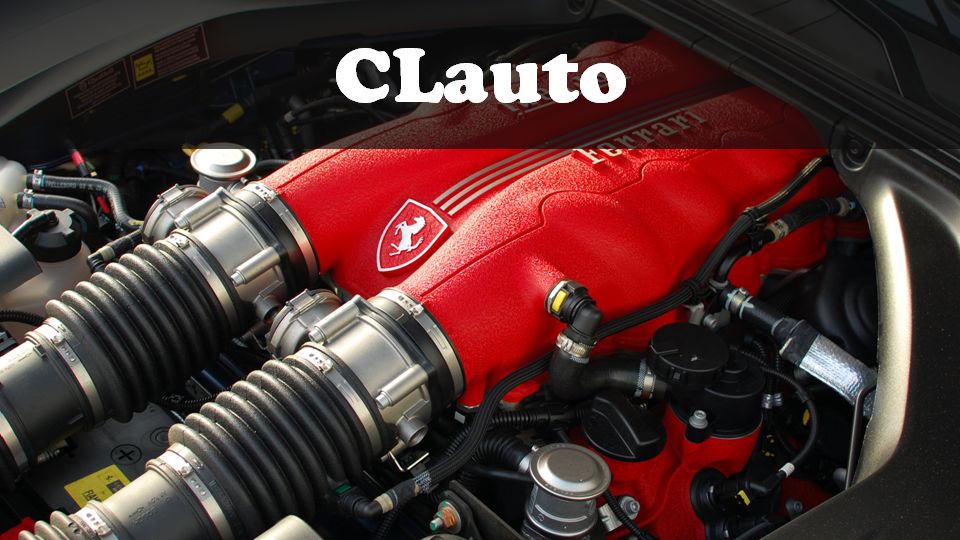
Author / Crab Claw Facing Heaven


Engine Management Series Articles
Are the Knowledge Crystallization of Crab Claw’s Hard Work
It is recommended to read and collect multiple times
Knowing that the first reading may be incomprehensible
But it will definitely be useful

In this “Engine Management” series, we will explain some common problems and blind spots encountered by domestic players, aiming to let everyone understand how the ECU program controls the engine’s operation and what modifications should be made to the ECU program after changing the engine’s hardware.
Learning knowledge and scientific modification is the only way to ensure vehicle longevity and gain modification fun.
I hope everyone can understand cars better; nobody wants to live in a repair shop every day.
Engine management is a very complex issue that cannot be thoroughly explained through a few articles. Therefore, the content in the series is relatively extensive but not very in-depth. If there are any points you want to express, please feel free to leave a comment at the end of the article, and we can discuss together.
You are also welcome to submit articles to share your knowledge and experience.
For submissions or discussions with me:[email protected]
—— Crab Claw Facing Heaven
# Engine Management #
Vol.01
# Practical Issues to Note When Flashing ECU #
# Part One #
Modifying ECU is not a one-time solution
Terms like “Stage 1”, “Stage 2”, and “Custom Tune” are very popular in China.
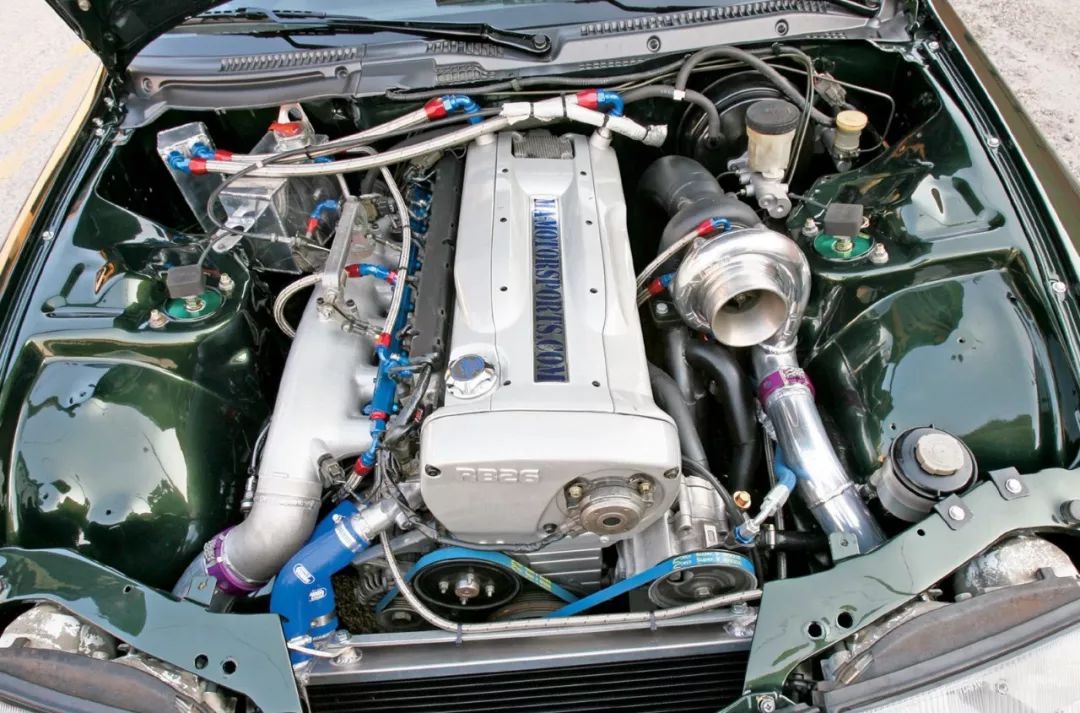
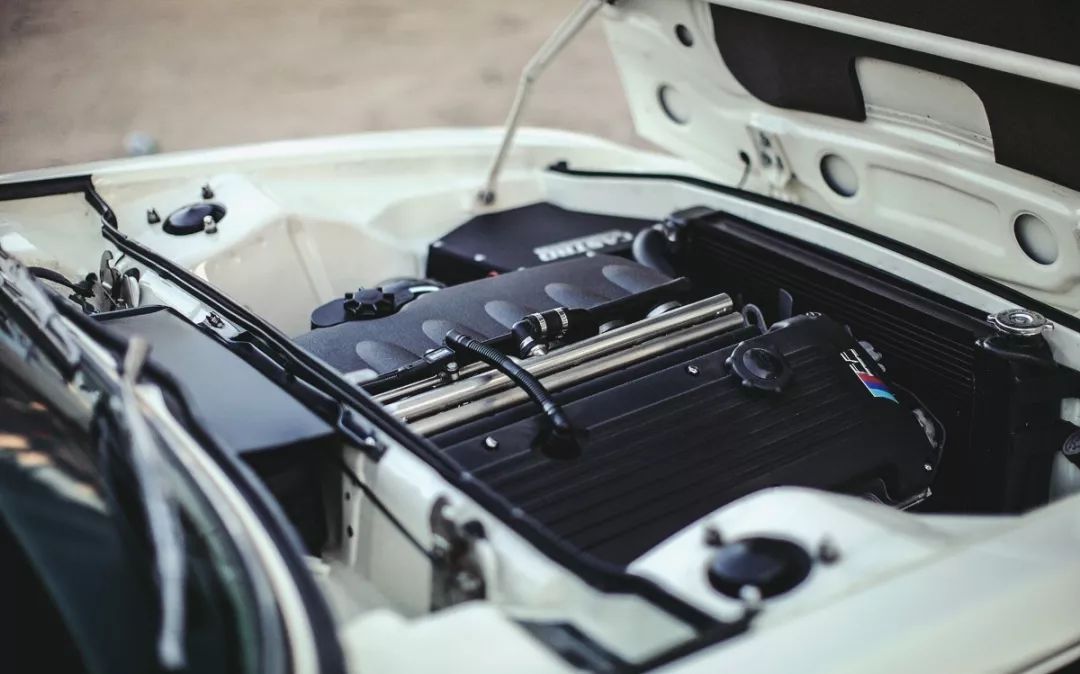
Disregarding some tricks of certain vendors, it can usually be understood thatStage 1 is a mass-produced program for factory hardware, Stage 2 requires some corresponding hardware modifications for mass production, and Custom Tune is a tailored program based on the actual situation of a specific vehicle.
At least in China, some brands of the same model may have significant differences in power when they leave the factory, mainly due to production tolerances and assembly tolerances. Considering wear and maintenance issues during later use, we cannot guarantee that our car is as close to others of the same model.
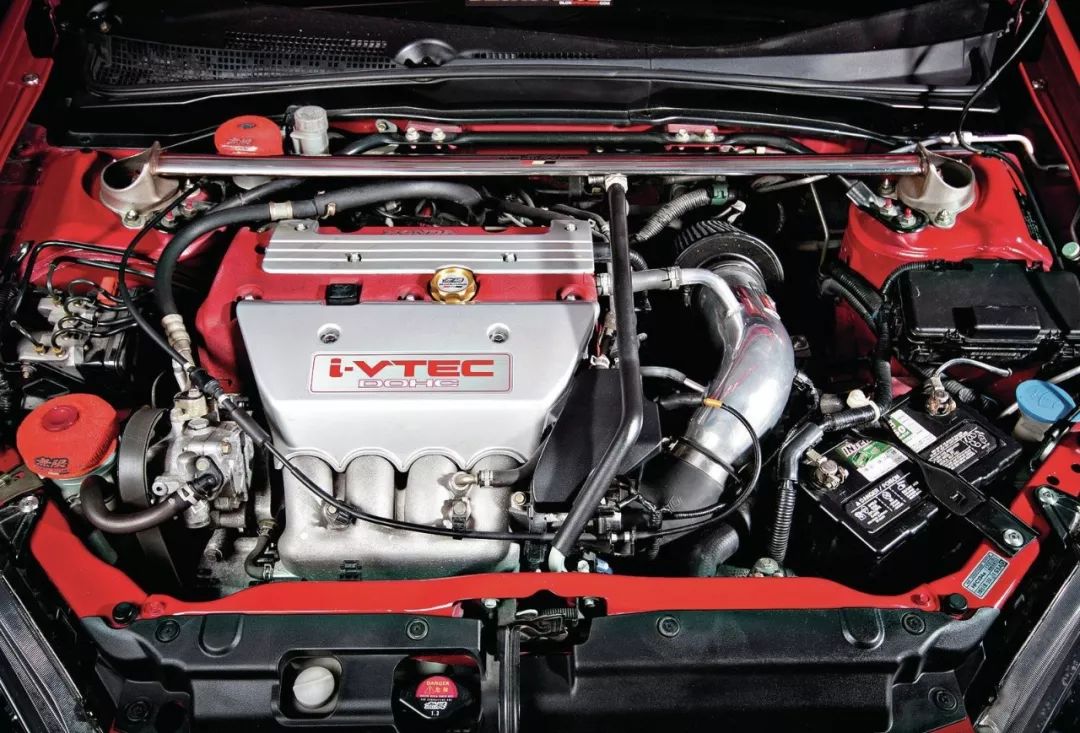
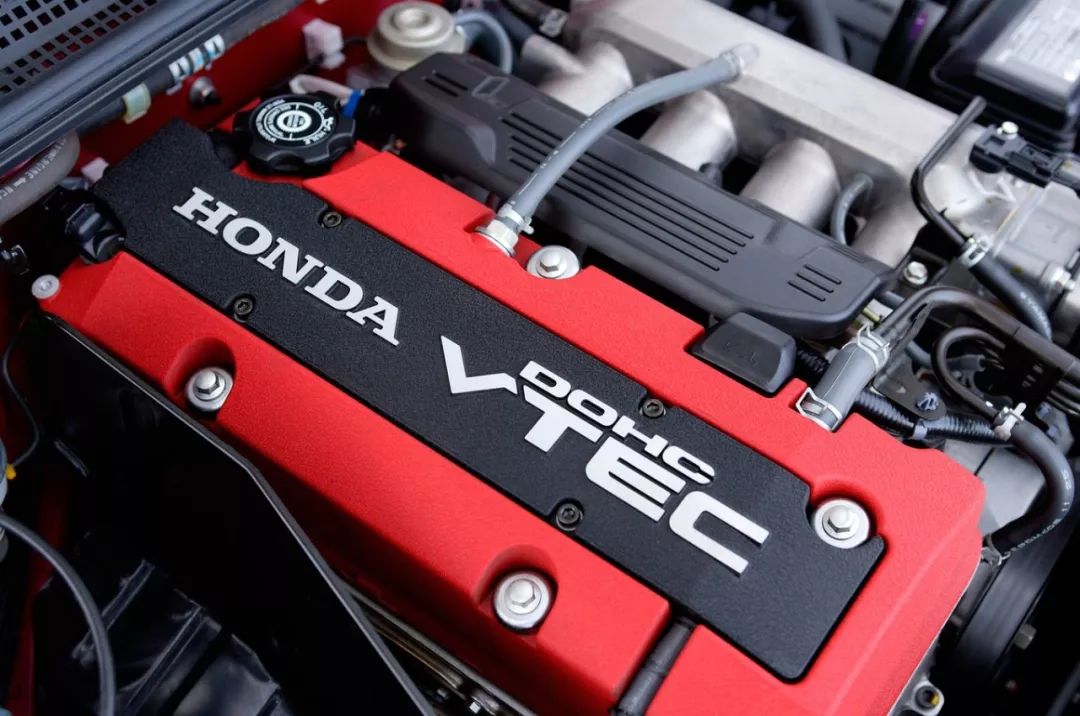
Therefore, some conservative ECU brands or vendors will tune the Stage 1 program relatively conservatively to ensure that the hardware of each vehicle does not suffer excessive wear under this program.
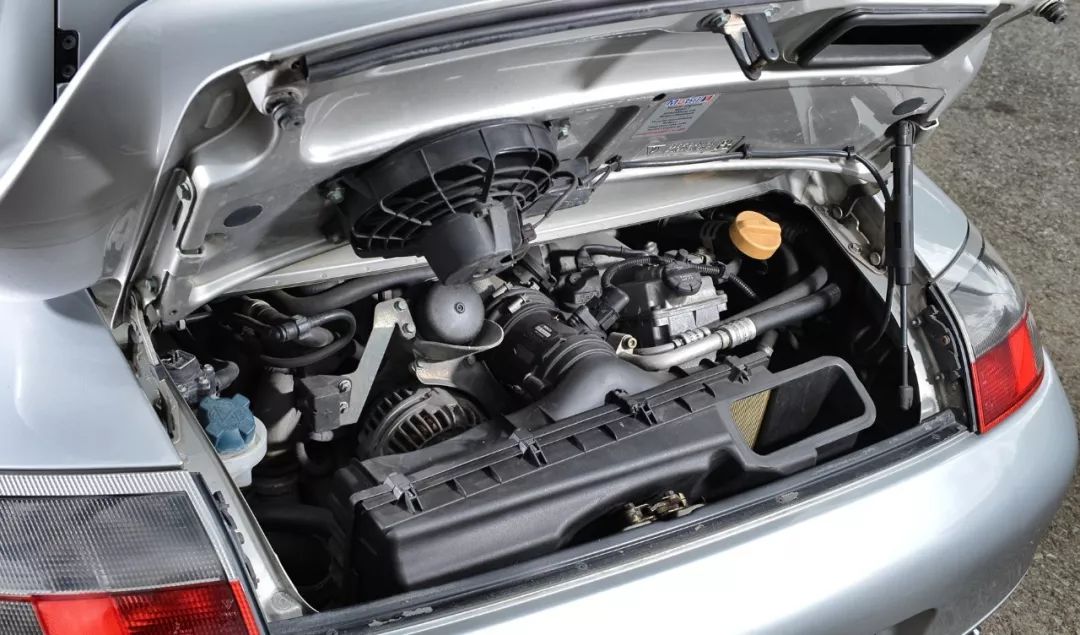
Some ECU brands or vendors may overly emphasize power while neglecting wear and stability.
Even a conservative program may become too aggressive after several tens of thousands of kilometers of wear and tear.
The better ECU approach should involve long-term data monitoring and adjusting the custom tune as needed, or the best approach is to write the program yourself and monitor it continuously. Variations in winter and summer temperatures, the use of different fuels, hardware modifications, and changes in driving habits all require the ECU to adapt accordingly.
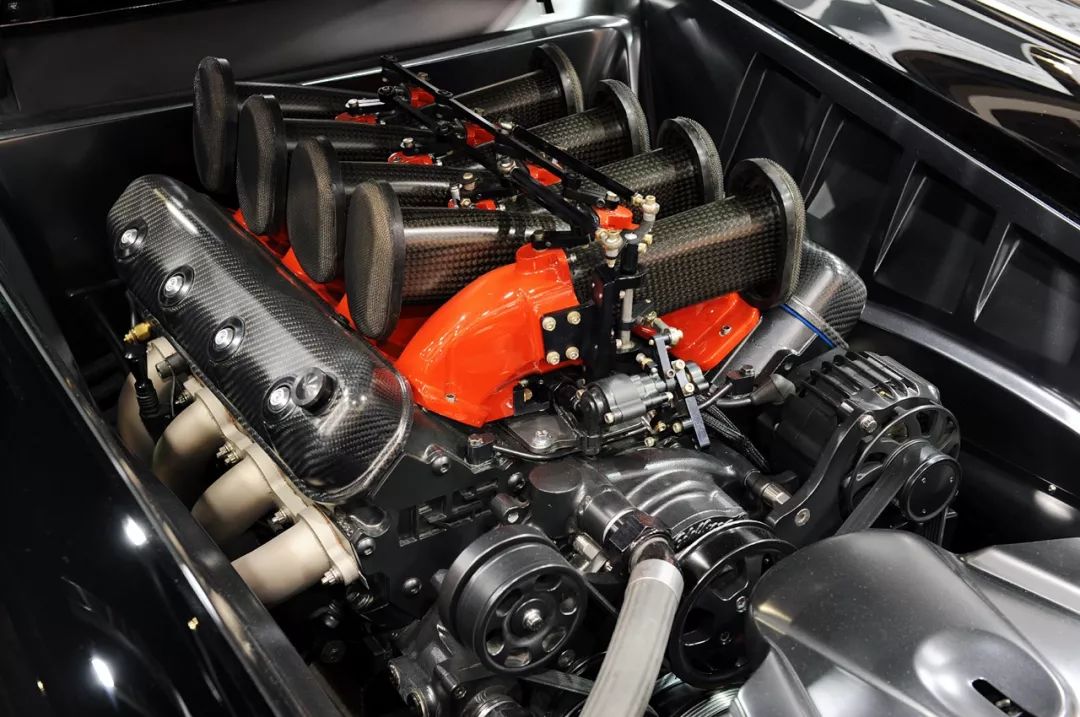
Regularly testing and rewriting the ECU as needed is very necessary.
Only you know your vehicle’s condition and your usage habits, so try to write the program yourself or participate as much as possible in the vendor’s custom tuning process.
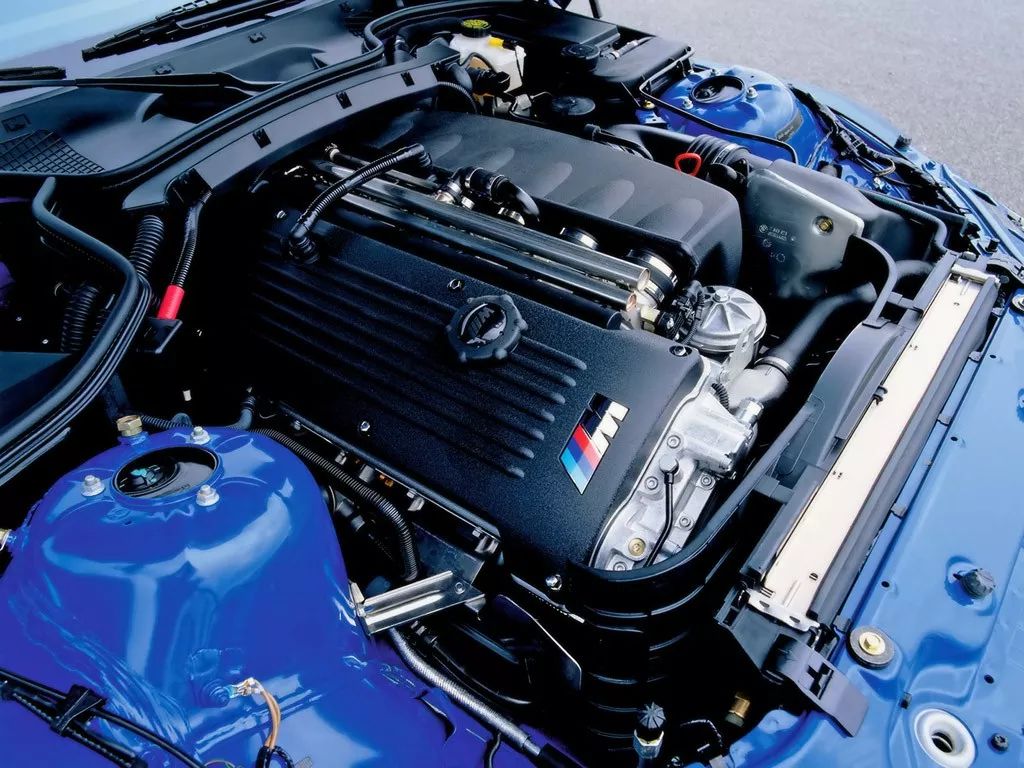
Almost all hardware modifications to the power system require rewriting the ECU to work together to achieve the hardware’s effect or compensate for problems caused by the new hardware.Although some factory programs or ECU rewriting programs can adapt to certain hardware changes to some extent, this adaptation is often insufficient.
For example
-
In fuel maps and ignition maps, some cells are often considered to be in an unused range, and their values may not have been well tested. However, after using new hardware, these cells may become relevant, and untested values will directly participate in calculations, leading to unpredictable results.
-
If the factory back-pressure exhaust is replaced with a straight pipe, the exhaust flow becomes smoother, exhaust temperature lower, and knock tendency smaller, the allowable ignition angle and boost value may exceed the maximum execution value in the original program, and the air-fuel ratio may not be maintained at the target value, even triggering the factory’s protection program.
-
At this point, to maximize the effect of the new exhaust pipe, the ignition angle and boost target values in the rewritten program need to be retested.
# Part Two #
Selecting the Right Brand
Some ECU software allows users to write not the actual execution values for controls like fuel injection and ignition, but the desired ideal values. The computer will determine the target values that participate in actual operation based on the user’s ideal values and actual conditions.
If the computer’s evaluation is missing, executing directly according to the user’s ideal values may cause component damage due to certain hardware not meeting the requirements.
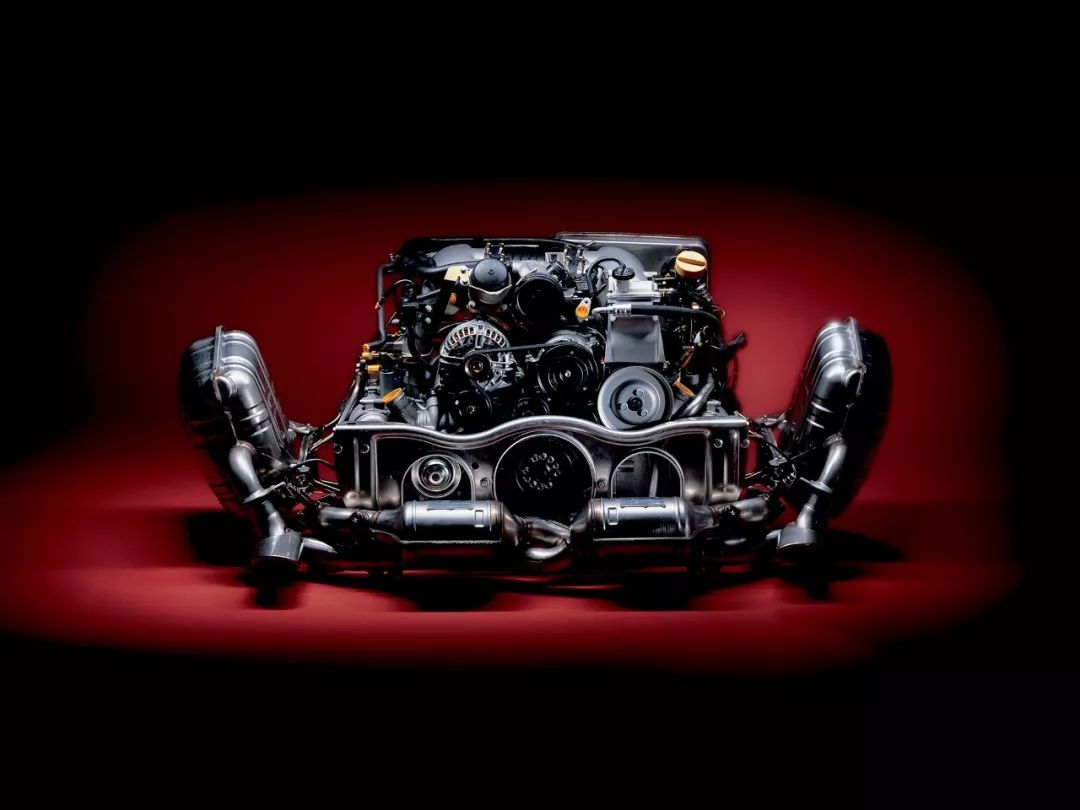
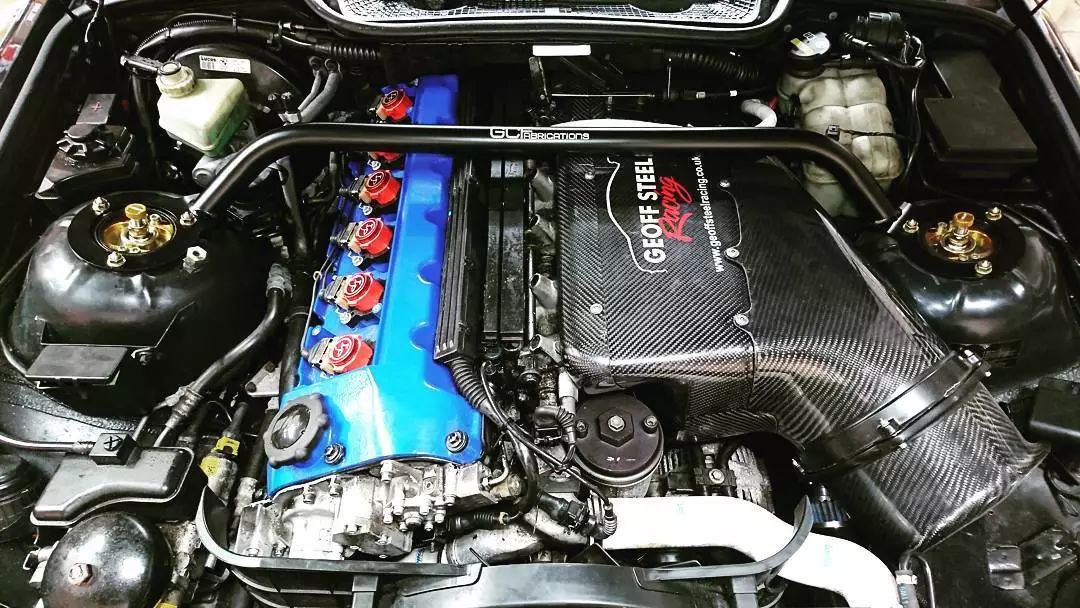
The evaluation process of the computer mainly includes some experimental models from car manufacturers or ECU manufacturers and some protective limit functions. It is recommended that ordinary individual players choose such ECU products.
Some ECU software or hardware also opens up more permissions.
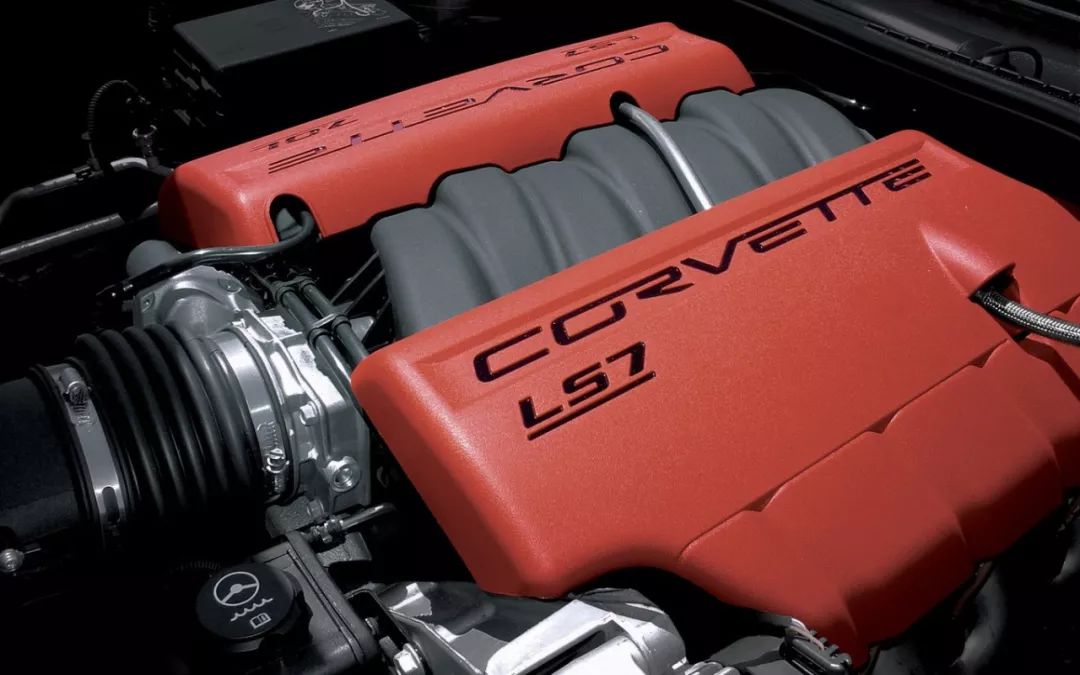
Some can even manage the engine entirely based on the data written by the user. This allows for freer control of engine operations but loses some key protective functions and models calibrated by the manufacturer. Such brands are more suitable for experienced racing teams or highly experienced players.
# Part Three #
Things to Note Before Flashing ECU
Ensure no faults before flashing
Before testing or modifying any power system hardware, you shouldensure that there are no clearly existing faults or potential faults that may occur during testing in the power system.Issues like dirty mass air flow (MAF) sensors or existing fault codes may affect the accuracy of the tests.
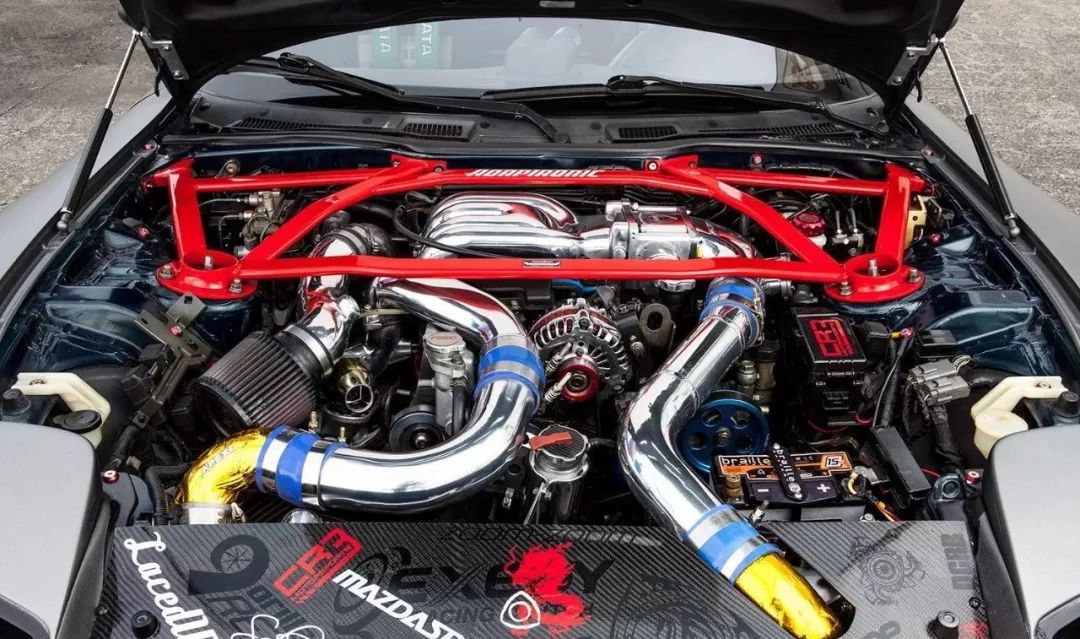
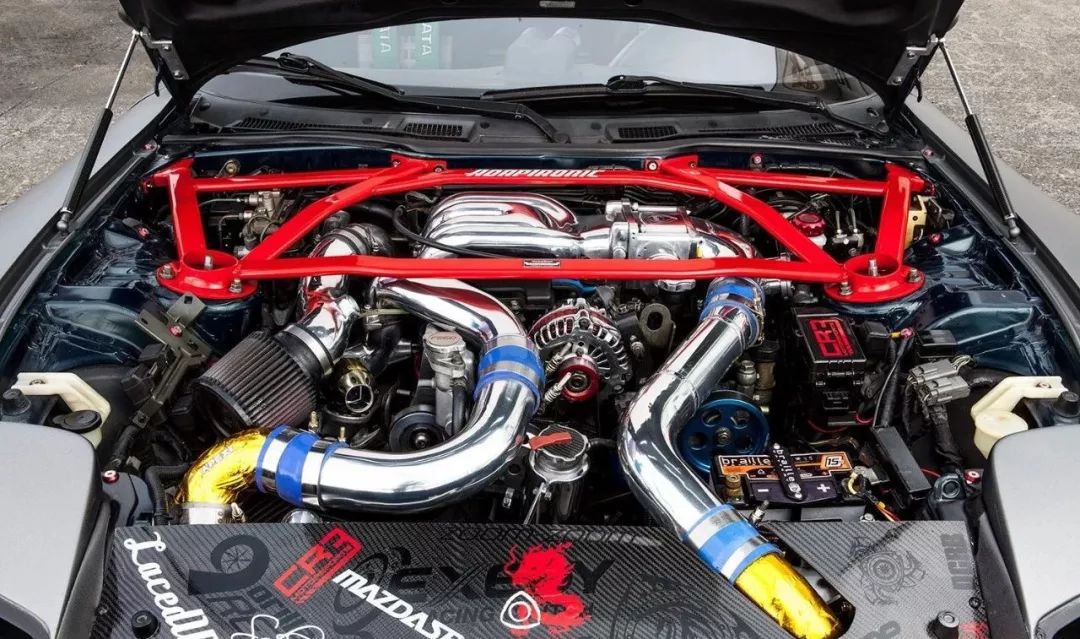
Hoses after the turbo aging, spark plug contamination, poor radiator cooling and other previously acceptable issues may cause more significant problems during extreme testing or after using new hardware.
Retain original data before flashing
Before making any modifications or replacements to the power system hardware, you shouldconduct as many tests as possible and retain the original hardware data for comparison analysis with the new components.This should include sensor logs, acceleration test data, repair manuals, parts data specifications, problems encountered during disassembly, and solutions.
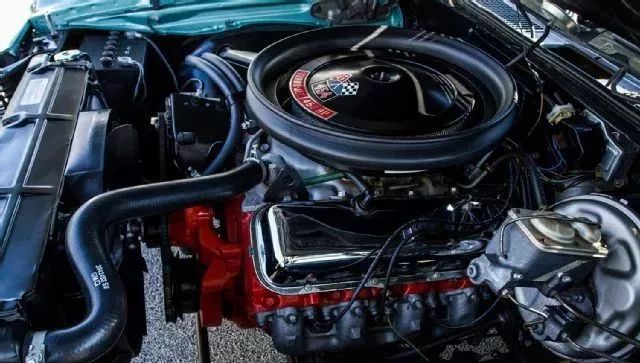
For example: Before modifying high-flow intake pipes or air filters, you should first test several sets of boost pressure curves and MAF curves during full-load acceleration with the old hardware.
After installing the new pipes or filters, conduct several sets of the same tests, ensuring that the environmental temperature, intake temperature (IAT), water temperature (ECT), and other sensor data that may affect power remain as consistent as possible.
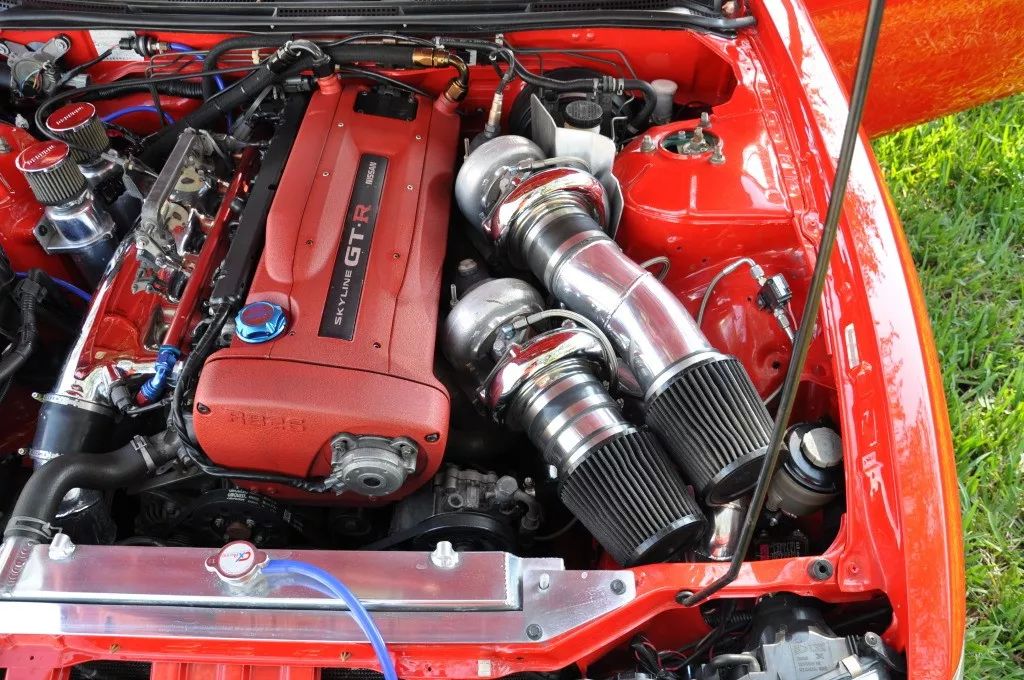
In the final comparison analysis, if we find that the boost pressure curve rises earlier (relative to RPM) and higher when using the new pipes or filters, we can conclude that the new pipes or filters effectively enhance power.
Note: During analysis, consider other factors that may affect test items or results, such as strong winds.
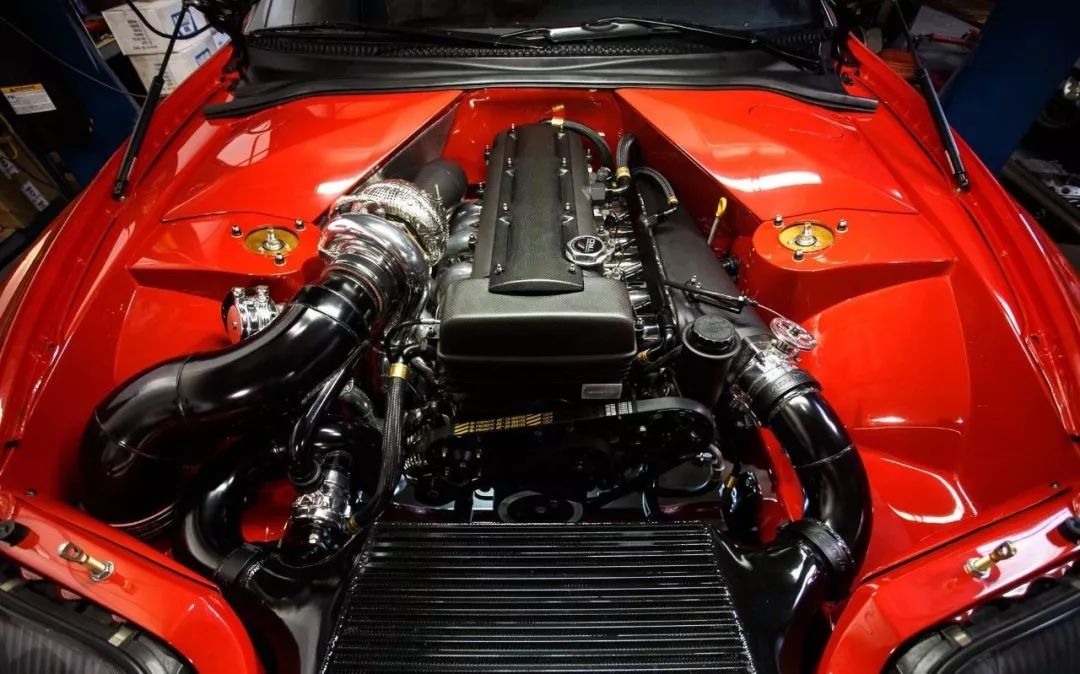
The purpose of testing several sets before and after is mainly twofold —
-
If you cannot ensure the consistency of testing conditions before and after (for example, changes in environmental temperature and pressure after several hours of disassembly), multiple sets of data can reference each other.
-
Some vehicle ECU control logic and protection logic can be quite complex; we may find it difficult to identify or control all factors affecting boost pressure, valves, and exhaust valves. Testing multiple sets can make the final data analysis closer to the truth.
For example
Can the newly designed boost pipe or intercooler reduce internal airflow pressure loss?
-
This question can be judged under full load conditions by the opening of the turbo wastegate. With the same actual boost (or manifold pressure), the larger the wastegate opening, the smaller the internal loss of the intake pipe.
-
Considering that some control logic may limit the target boost pressure, making it impossible to achieve the same actual turbo (or manifold pressure) before and after the modification, if we only have one set of data before the modification, it becomes difficult to reference and judge, requiring multiple disassemblies for comparison.
# Part Four #
Post-Flashing Issues
After entering the new program, both acceleration and deceleration should be gentle at first.
On one hand, you need to adapt to the new program’s pedal response and power characteristics. On the other hand, we cannot be certain that the new program will perfectly match the hardware without issues. Once we confirm there are no serious problems, we can log various data under full load conditions to verify if everything is normal.

To avoid future anxiety, log data in extreme conditions.For example: Deliberately raising the intake temperature, overloading the vehicle, using high gears, or testing on uphill sections.
Some vehicles require throttle pedal and/or throttle body reset operations after the new program is flashed, while others do not.
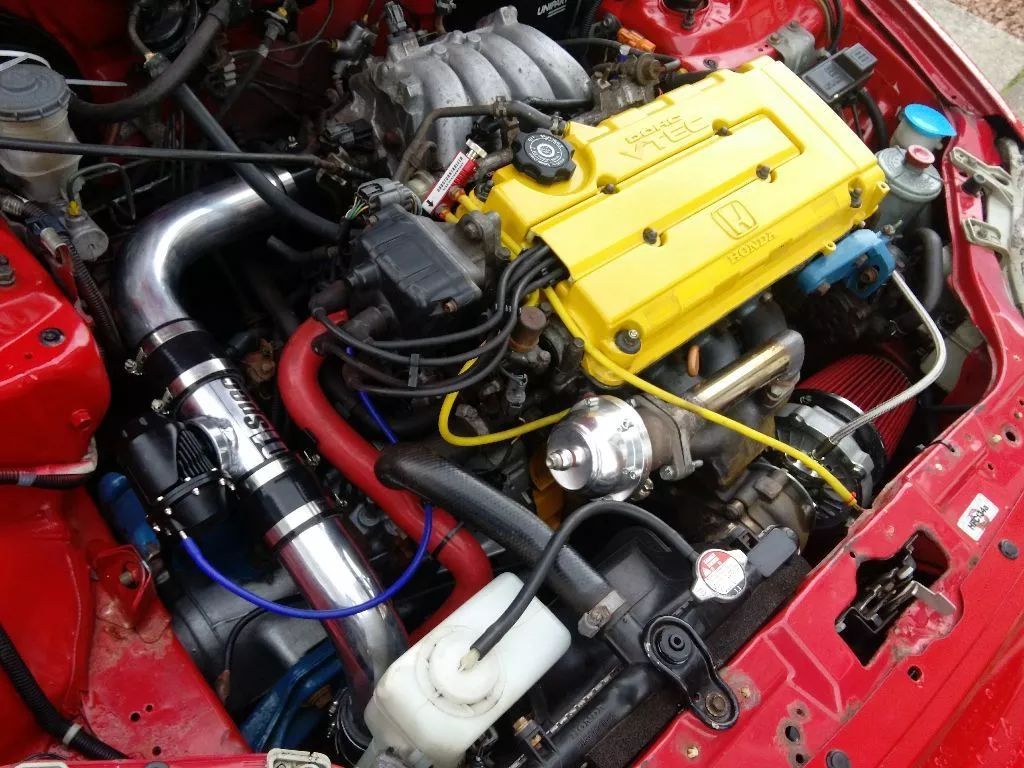
Some vehicles’ long-term fuel trim values will reset, while others will not. Regardless of whether it has been reset, it will take some time for the long-term fuel trim values to stabilize correctly again. If the circuit board is opened for flashing, pay attention to the waterproof sealing of the ECU casing and the integrity of the connectors.
Variables to Monitor When Testing the Power System
-
Atmospheric data: temperature, pressure, oxygen content, wind direction and speed
-
Ground data: slope, friction coefficient, flatness
-
Tire data: model, size, pressure, temperature of the contact surface
-
Vehicle data: weight, center of gravity, external changes (spoilers, chassis height, chassis flatness, etc.)
-
Fuel data: type, temperature (small bubbles in the fuel line can affect injection volume)
-
Power system: oil temperature, oil pressure, water temperature, intake temperature, exhaust temperature, knock situation, whether the clutch is slipping, etc.
-
Brake system: brake disc temperature, wear, brake fluid temperature, integrity of steel hoses
-
Suspension system: shock oil temperature (weight transfer can affect wind angle and acceleration performance)
Conclusion
Engine management is a very complex issue that cannot be thoroughly explained through a few articles.
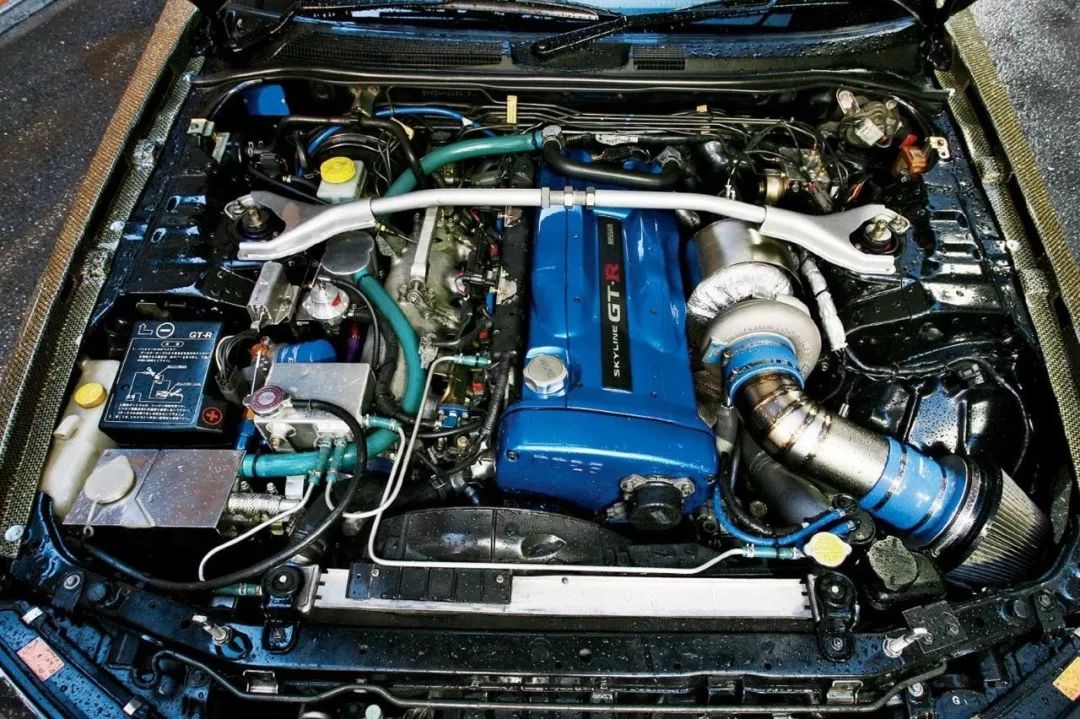
Thus, the content in the series is relatively extensive but not very in-depth. If there are any points you want to express, please feel free to leave a comment at the end of the article, and we can discuss together.
You are also welcome to submit articles to share your knowledge and experience. For submissions or discussions with the author: [email protected]
More
-
Lamborghini | Aventador SVJ Naturally Aspirated V12 Convertible – Cars are not just tools for transportation, and speed is not the only fun
-
Link & Co | 528 hp 03 Cyan Speculated Nürburgring Challenge STI – Modifications are legal and worth looking forward to
-
Geneva Motor Show | The cars worth seeing at the 2019 Geneva Motor Show
-
Mercedes | Brabus 850 4×4², 850 hp $55W black toy
-
Pininfarina | 1874 hp 0-100 in 2 seconds, the strongest electric supercar Battista released, available in Asia
-
Volkswagen | The supreme vehicle for hedonism – Volkswagen I.D. Buggy Concept released
-
Cool Daily Signature | March 6 # Master #
Today’s Daily Signature
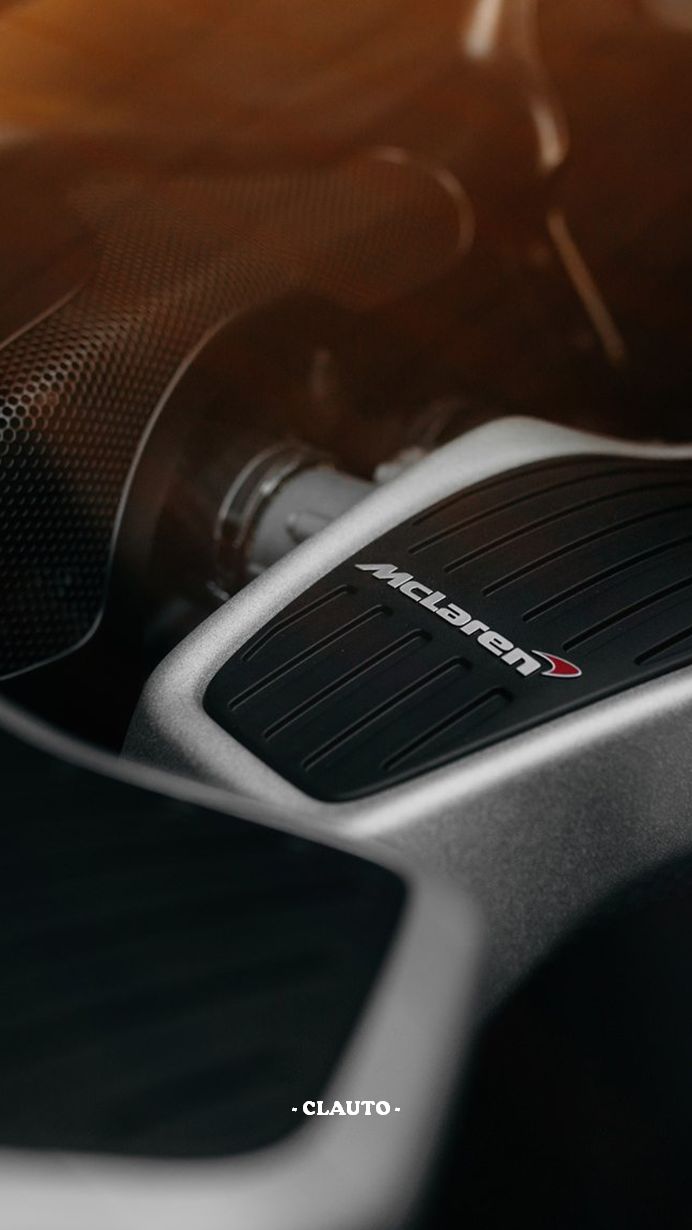
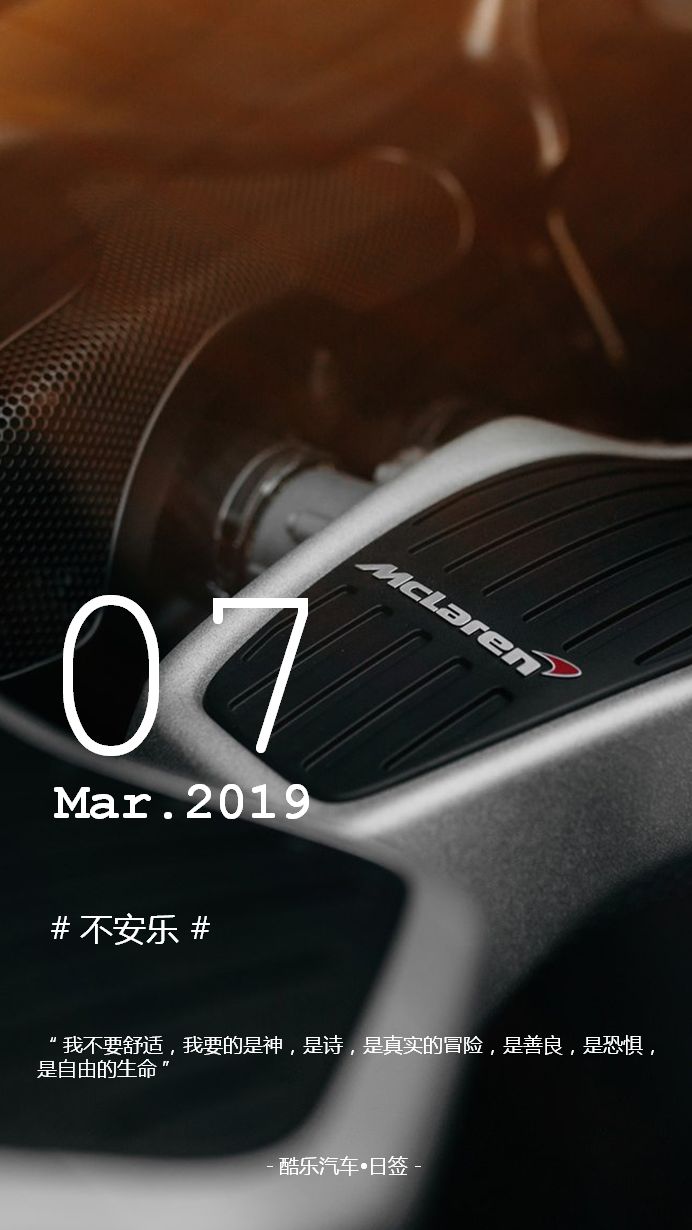

Click Read Original to see the full content